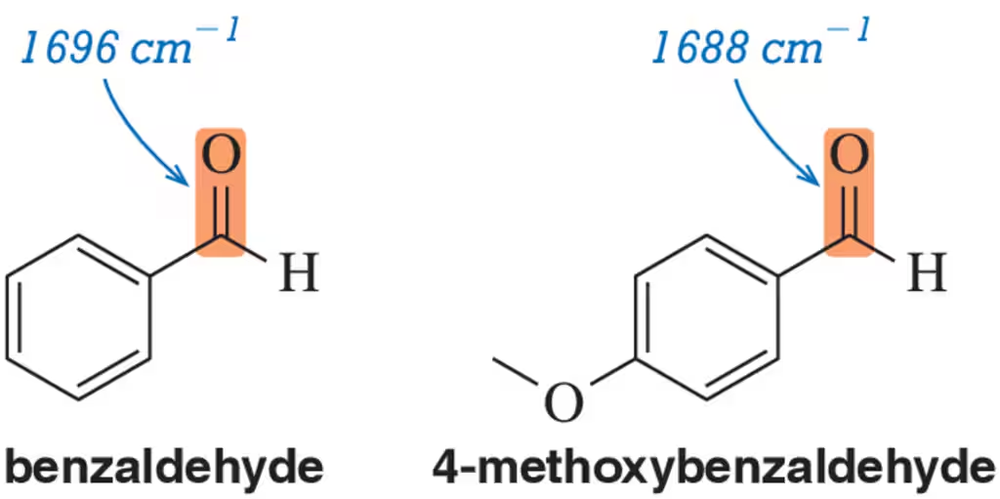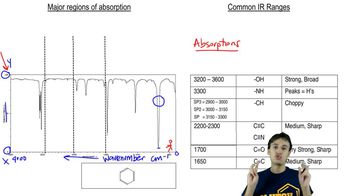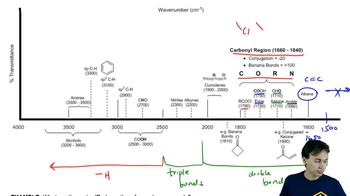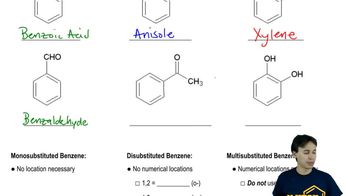For each pair, choose the molecule that you expect to have the highest wavenumber for its C=O stretch.
(d)

 Verified step by step guidance
Verified step by step guidance Verified video answer for a similar problem:
Verified video answer for a similar problem:



 16:4m
16:4mMaster General Features of IR Spect with a bite sized video explanation from Johnny
Start learning